Kaiser Permanente’s world-class sports medicine program enables athletes, from professional basketball players to weekend warriors, to stay fit and healthy. Pictured, Rob Nied, MD, sports medicine director at the new Mission Bay Sports Medicine Center in San Francisco, shows off some of the sports rehabilitation and training equipment in the 7,000-square-foot gym.
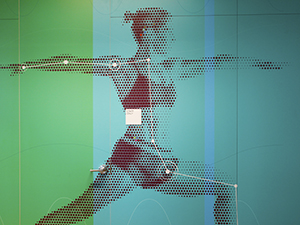
As the popularity of youth sports continues to grow and an increasing number of older athletes strive to stay active longer, Kaiser Permanente Northern California has grown the largest sports medicine program in the country, according to its director, Jason Brayley, MD.
“That is measured by the number of board-certified sports medicine physicians and orthopedic surgeons we have,” said Dr. Brayley, who recently celebrated the opening of the Mission Bay Sports Medicine Center in San Francisco, which features a 7,000-square-foot gym, 9 physical therapy rooms, and 8 exam rooms.
Physicians at Mission Bay and the Golden 1 Center in Sacramento serve as official team doctors for the Golden State Warriors and the Sacramento Kings professional basketball teams. However, sports medicine is available for non-professional athlete members at both centers and at every major medical center in the Kaiser Permanente Northern California region, Dr. Brayley said.
Members typically visit their primary care physicians for a referral to sports medicine, he added.
Getting Back in Action
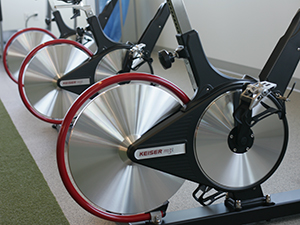
In 2018 more than 1.5 million Americans were seen in hospital emergency rooms for baseball, basketball, football, cycling, and soccer injuries, according to the National Electronic Injury Surveillance System. Many of those athletes will drop their sport or perhaps stop exercising altogether.
Kaiser Permanente wants those people back in action, so they can stay active and healthy, Dr. Brayley said.
“Our goal is to say, ‘How can we find an alternative way to train you so you can maintain fitness, strength, and overall health while at the same time treating your injury?’” Dr. Brayley explained. “The benefits of maintaining cardiovascular health over time are undoubtable. And if members can maintain adequate strength and flexibility as they get older, their fall and injury risk is reduced as well.”
New Mindset on Injuries
Todd Weitzenberg, MD, co-leader of the Kaiser Permanente Northern California Sports Medicine Chief’s Group, said reaching that goal requires a cultural shift among physicians that has been a long time coming.
“Let’s say you have a 50-something man training for a marathon and he hurt his knee,” said Dr. Weitzenberg. “He sees his doctor, and maybe he’s told not to run. A sports medicine provider will look at that same patient and try to enable the person to run. We’ll look at your biomechanics, your flexibility, strength, nutrition, your foot arch and psychology. Sports medicine is about looking at the whole patient and using our specialty training.”
Rob Nied, MD, sports medicine director at the Mission Bay center, said Kaiser Permanente wants to excel in treating all types of athletes, whether they are Olympic caliber or someone who just wants to stay fit.
“The ideal patient coming into this space is someone limited in their ability to do their activity or sport, but they don’t need surgery,” Dr. Nied said. “So they fall in between traditional primary care and a surgeon. Hopefully, we can break down the problem, rehabilitate it, and allow them to get back to their functional level.”
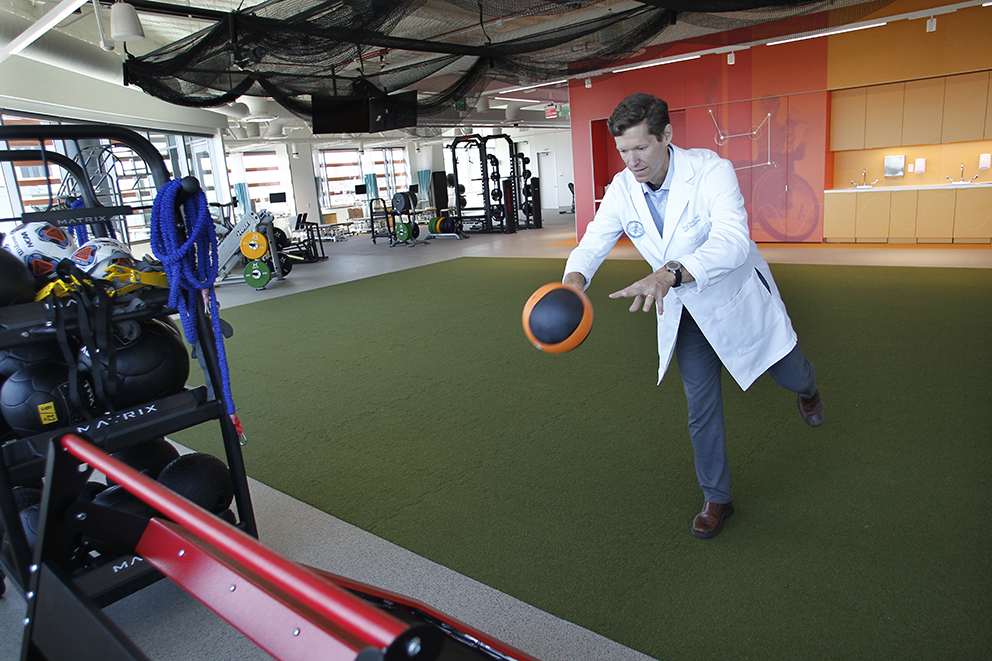

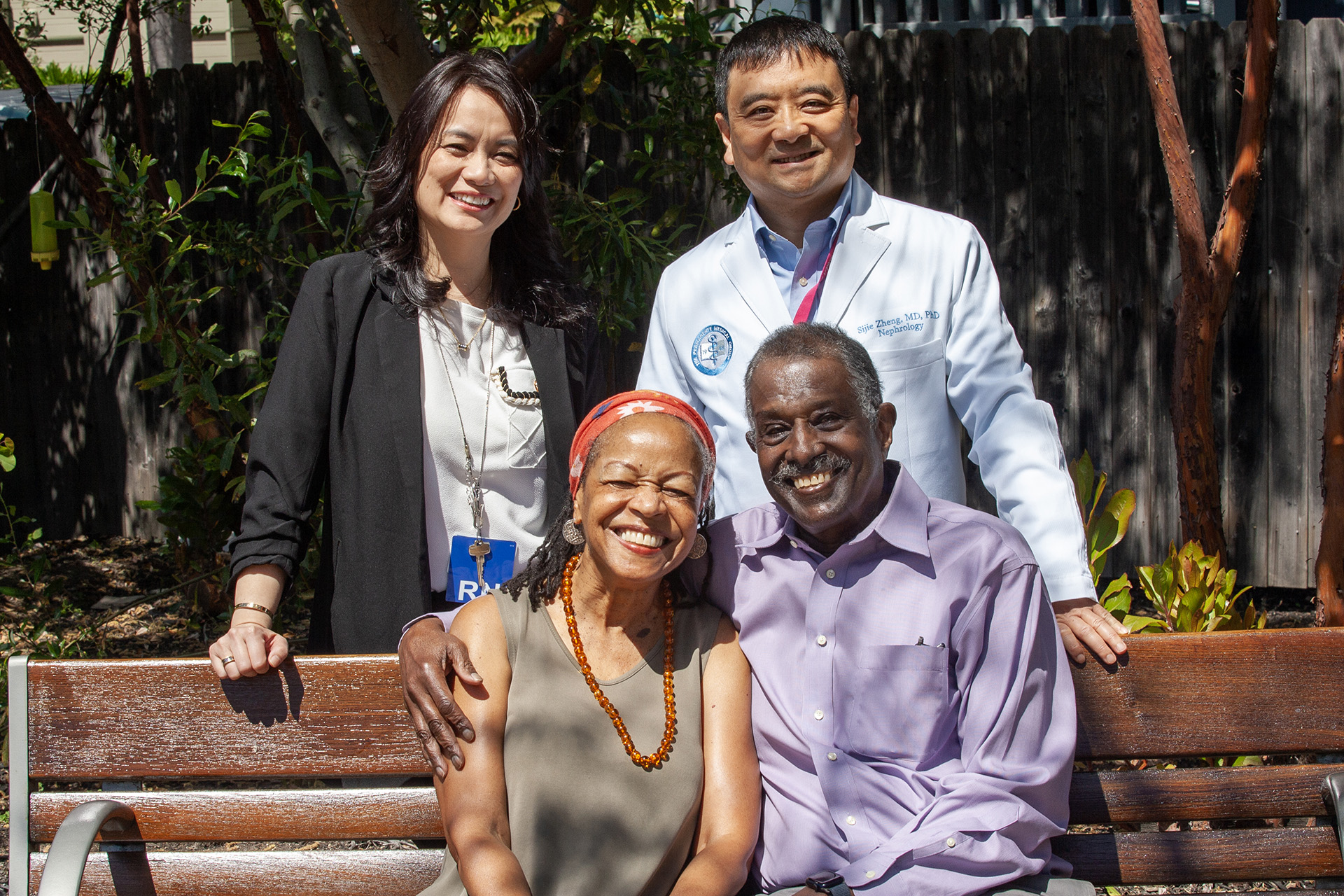

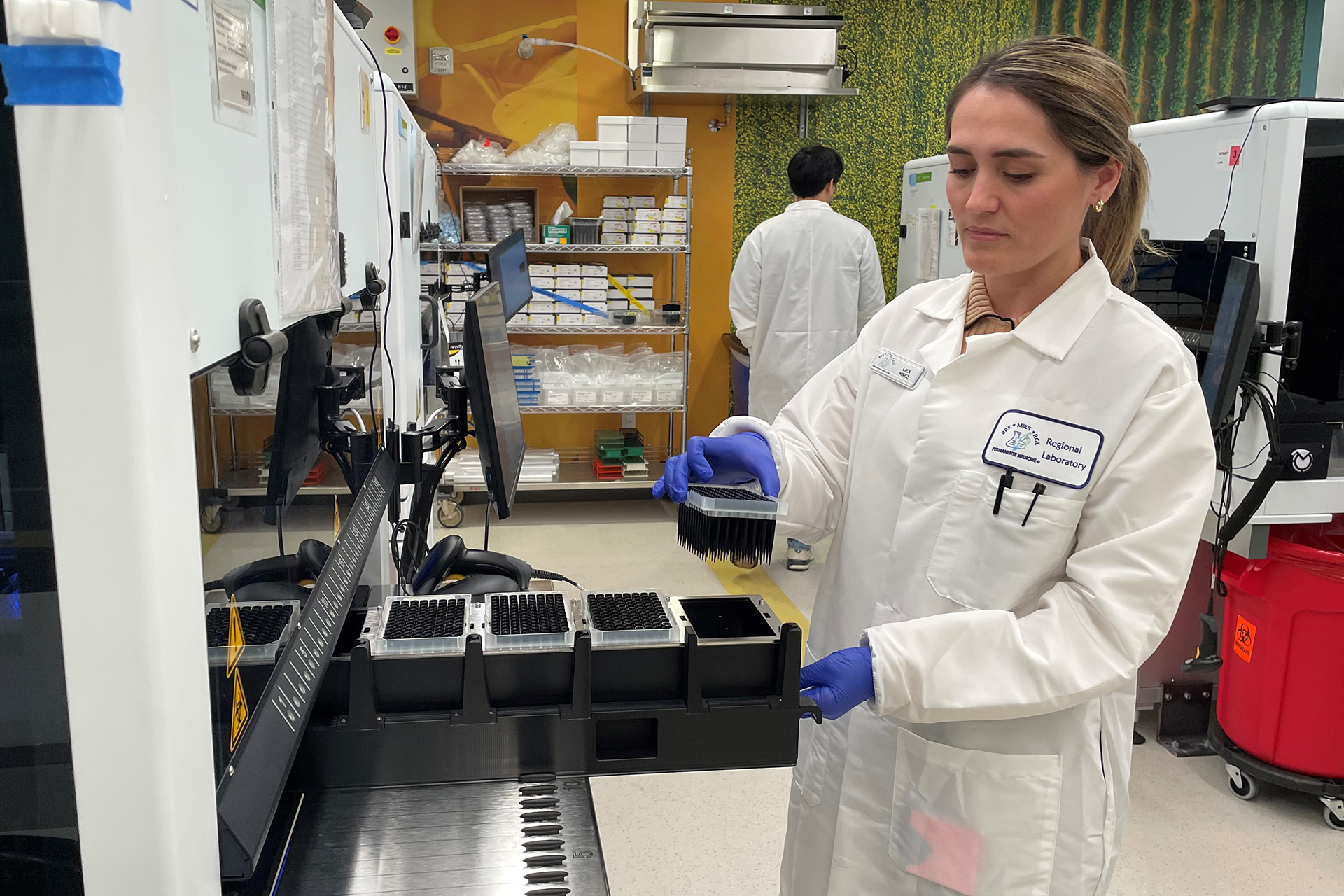
This Post Has 0 Comments